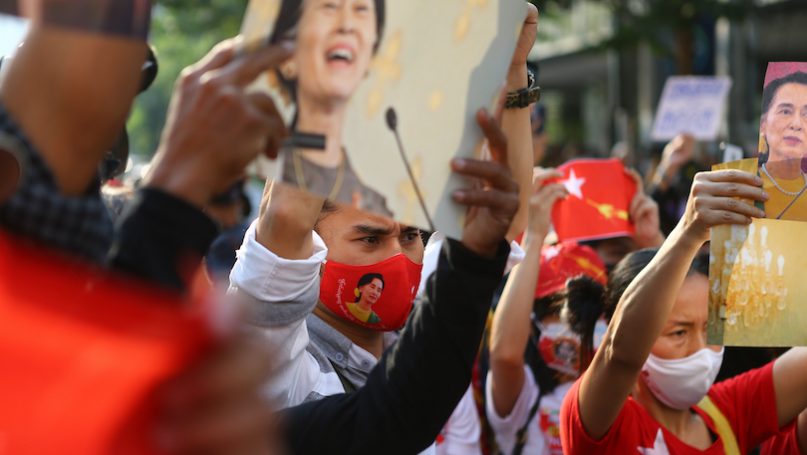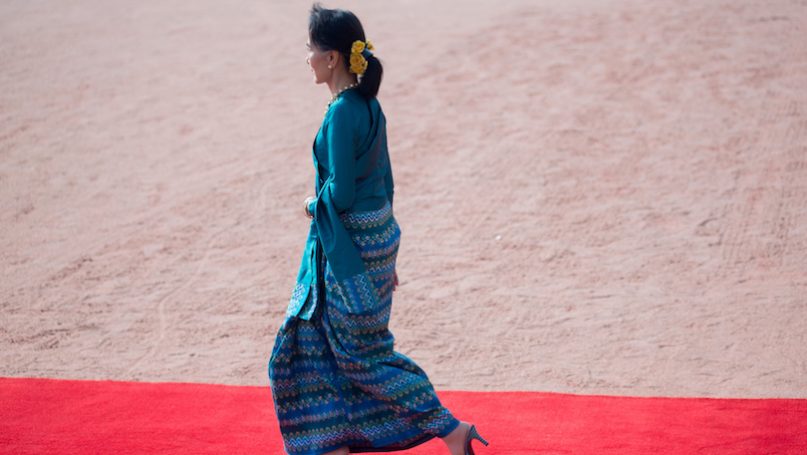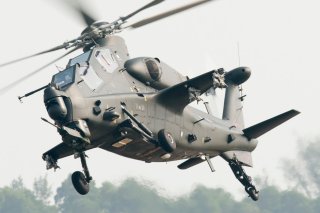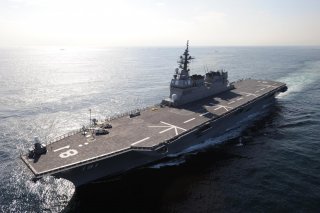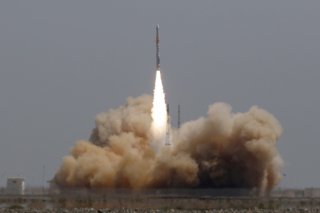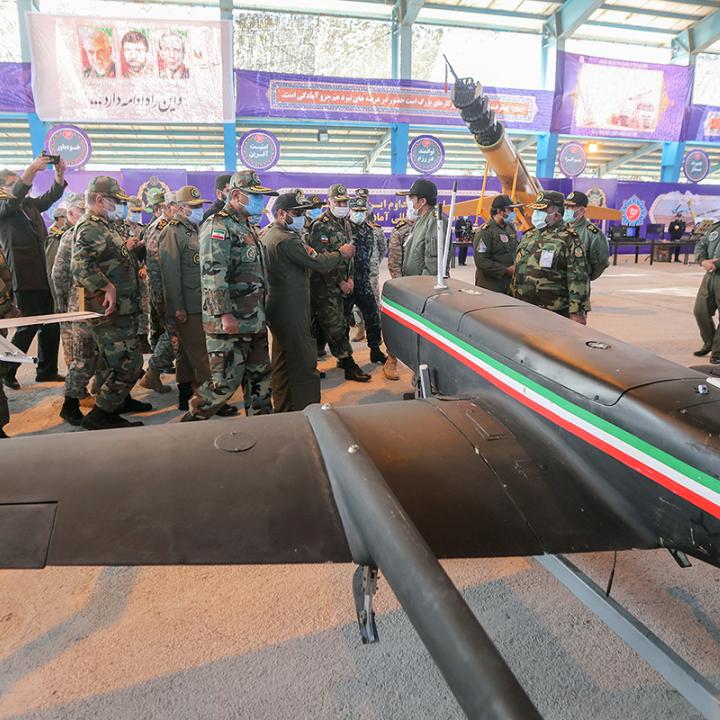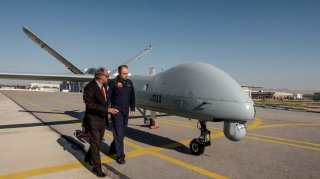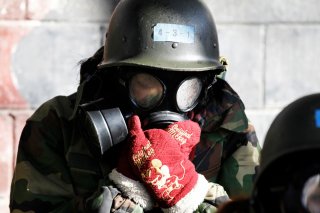by Mark Episkopos

As the China-India conflict over the Himalayan Border continues to unfold, Russia’s arms exporters find themselves treading increasingly uncertain geopolitical ground.
Russia’s flagship missile defense system, the formidable S-400 Triumf quickly became one of Moscow’s most successful military hardware export products. The S-400’s market triumph came, in no small part, from a slew of contracts with the world’s biggest importers: among them, Turkey, India, and China. The former deal, inked in 2017, became the focal point of a crisis between Turkey and the North Atlantic Treaty Organization that eventually cost Ankara its place in the F-35 program. But the onset of China-India clashes along contested parts of the Himalayan border portends what could be a new S-400 scandal.
Beijing was the first foreign S-400 customer, placing an order for two regiments back in 2015. Piecemeal S-400 shipments to China began in early 2018, with initial fire tests occurring later that year. Also in 2018, India formalized a gargantuan $5.43 billion defense deal with Russia that included the delivery of five S-400 regiments. The S-400 shipments to India began in 2020.
